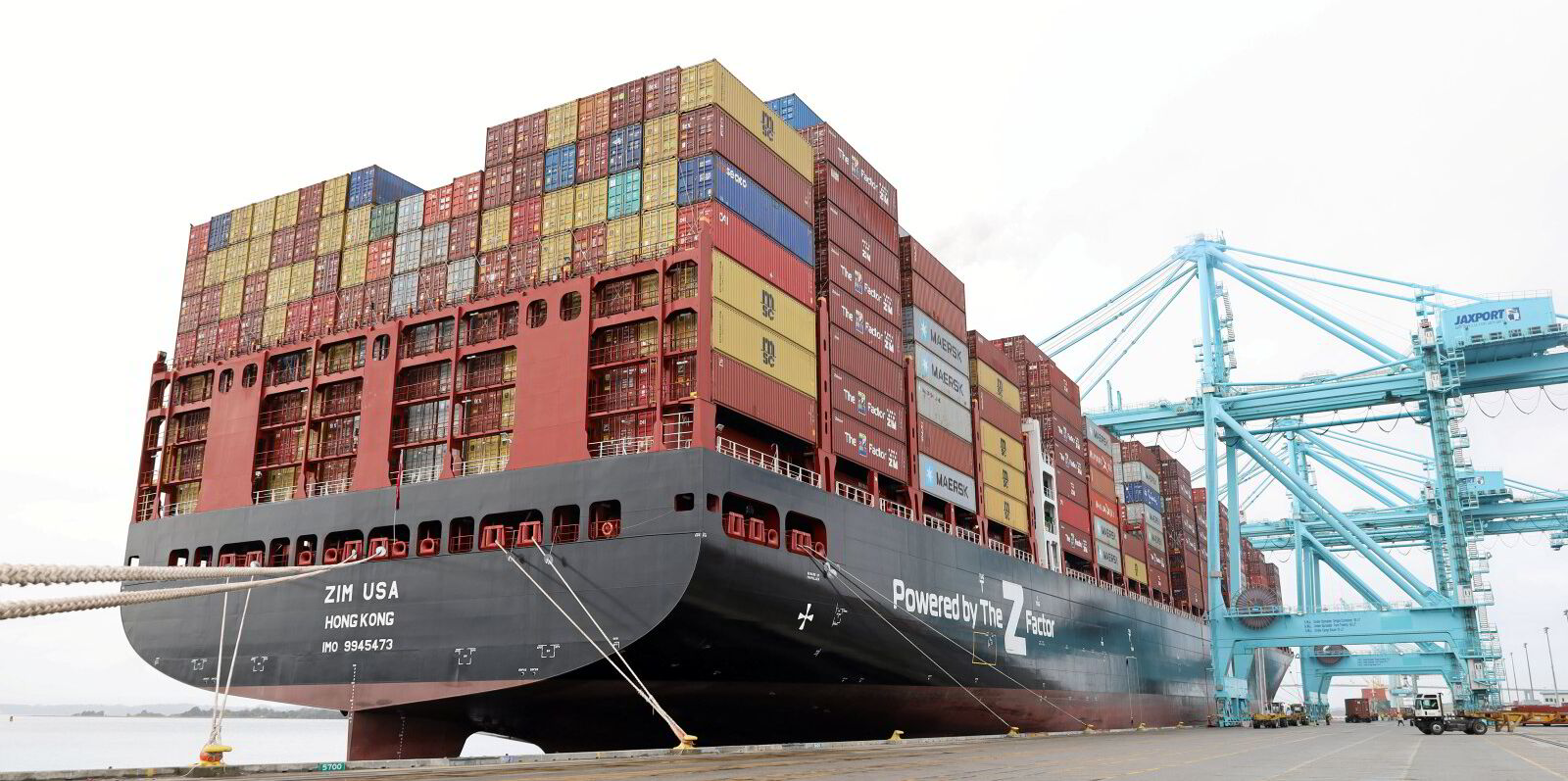Zim got both a “buy” and a “sell” recommendation after Wednesday’s third-quarter results.
The stock has outperformed this year, but on Thursday its shares plunged more than 10% in New York.
In connection with the report, the Israeli liner company declared a total dividend payout of $3.65 per share while raising its guidance on full-year earnings.
Clarksons Securities upgraded Zim to “buy” from “neutral” and raised the target price to $35 per share from $24.
Shares rose about 3% to $25 in New York in early trading on Friday.
Analyst Frode Morkedal said in a note: “Our previous neutral rating was based on risks related to the potential reopening of Suez Canal transits, which could put pressure on the stock.
“However, the geopolitical situation suggests no immediate changes, and Zim’s share price has recently dropped, improving the risk/reward profile.”
According to Clarksons, 2025 estimates may have upside potential even if the Red Sea route is reopened, given Zim’s operational flexibility.
“If necessary, the company can return 16% of its fleet next year, reducing some of the risks,” Morkedal said.
Zim’s modern fleet, nearly half powered by LNG, also provides cost benefits and a competitive advantage in securing volumes without pressuring freight rates.
With more than $3bn in cash equivalents ($26 per share), the company “is financially well positioned to sustain robust dividend payouts”.
“Concerns about a potential trade war appear to be less severe than some investors believe, as trade redistribution (eg, China’s exports to the US shifting to third countries such as Mexico) could mitigate risks,” he added.
“Furthermore, shippers are expected to maintain strong volumes through 1Q25 due to front-loading ahead of potential tariffs.”
Yesterday, Fearnley Securities downgraded Zim to “sell” from “hold” with a target price of $20 compared with $25 earlier.
For 2025, Fearnleys continues to expect a decline in rates, but from a somewhat higher base, leading to an increase in its 2025 and 2026 Ebitda estimates of 5% and 25%.
“Still, we see Zim returning to cash-burning levels in 2025 and net income approaching breakeven, meaning limited dividends to be paid,” analyst Fredrik Dybwad said in a note.
The stock is trading at levels “too rich considering the market outlook and Zim’s operational and financial leverage”.
“We argue the outlook remains challenging and that the overhanging risk of a reopening of the Red Sea poses downside risk to freight rates,” Dybwad said.
Coupled with a 26% ratio of orderbook to fleet size after 9% fleet growth this year, “we argue the longer-term outlook has worsened versus a couple of months back”.





